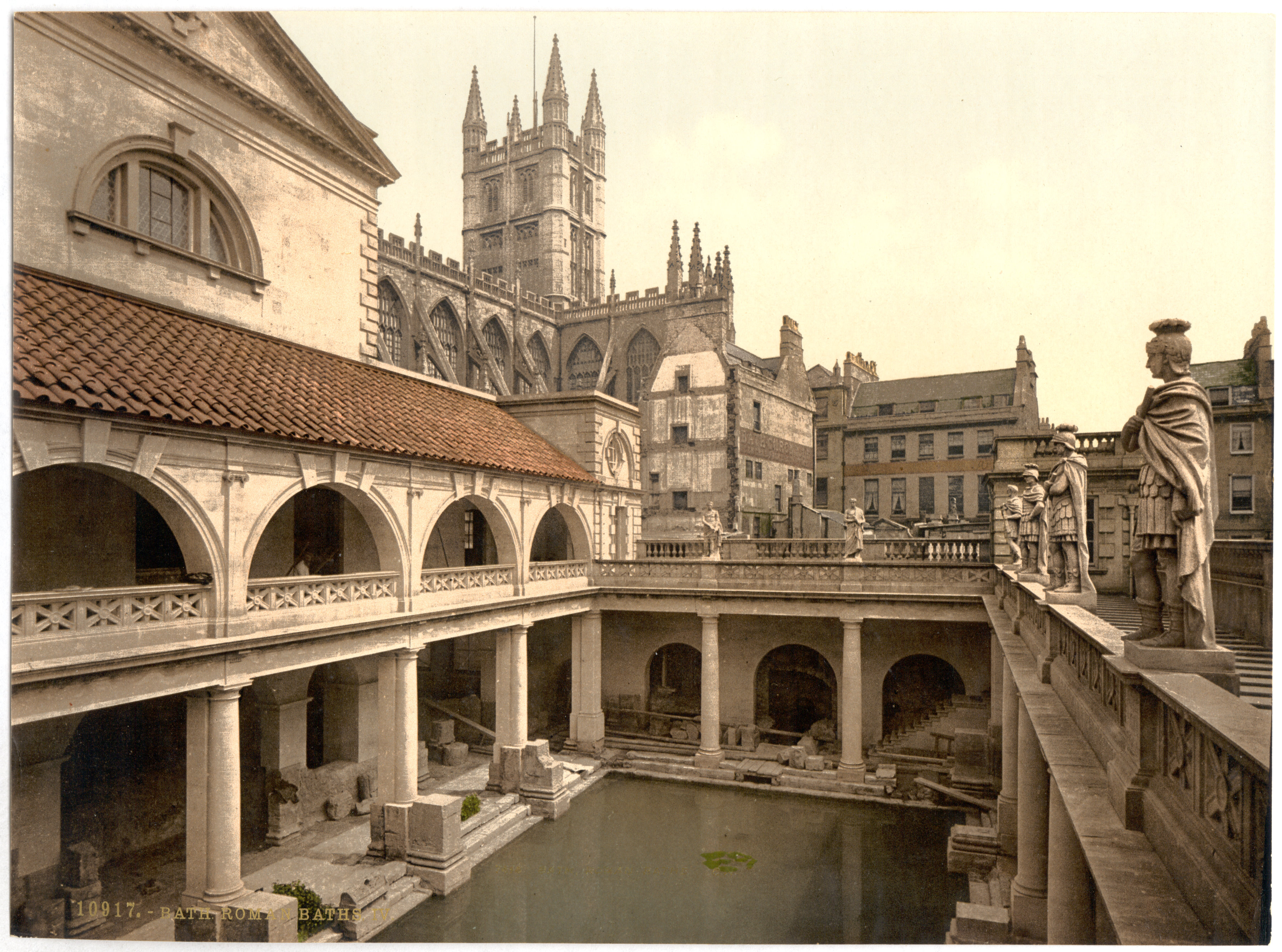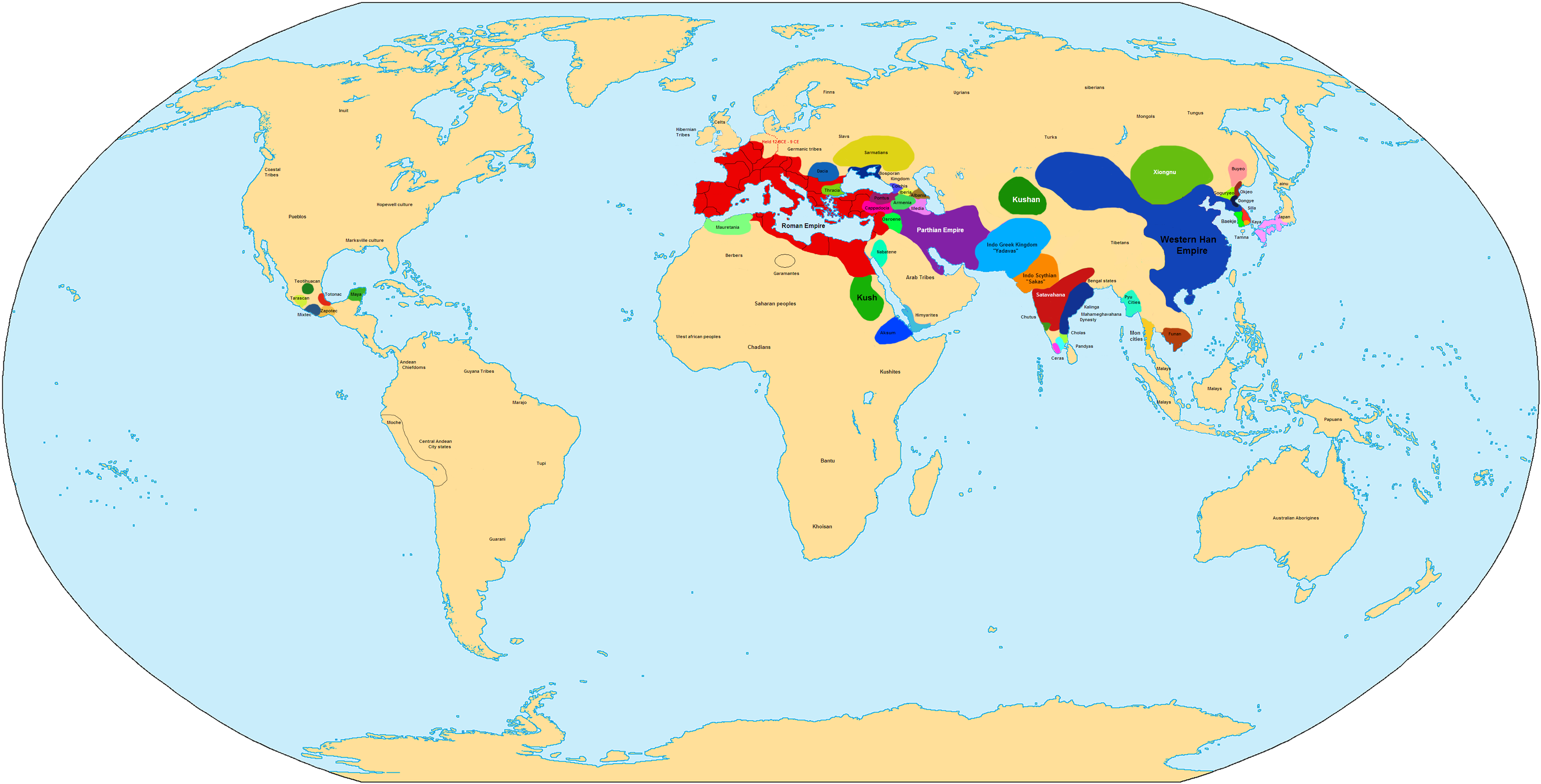|
Leanne Cope
Leanne Michelle Cope (born September 13, 1983) is an English ballet dancer and theatre actress. She achieved prominence as First Artist for The Royal Ballet, after training in the Royal Ballet School and graduating in 2003. In 2015, she originated the role of Lise Dassin in the original Broadway production of ''An American in Paris'', a role originated in film by Leslie Caron. She had previously played the role in the Théâtre du Châtelet. Her performance was critically acclaimed, and Cope received both Drama Desk and Tony Award nominations for Best Actress in a Leading Role in a Musical. Early life and education Cope was born in Bath, and began dancing at the age of five. She first trained at The Dorothy Colebourn School of Dance before joining The Royal Ballet Lower School at the age of 11, and started taking ballet seriously at the age of 15. Acting career After graduating, Cope became a dancer for The Royal Ballet, and in 2009 she became First Artist of the company. The ... [...More Info...] [...Related Items...] OR: [Wikipedia] [Google] [Baidu] |
Bath, Somerset
Bath () is a city in the Bath and North East Somerset unitary area in the ceremonial counties of England, county of Somerset, England, known for and named after its Roman Baths (Bath), Roman-built baths. At the 2021 Census, the population was 101,557. Bath is in the valley of the River Avon (Bristol), River Avon, west of London and southeast of Bristol. The city became a World Heritage Site in 1987, and was later added to the transnational World Heritage Site known as the "Great Spa Towns of Europe" in 2021. Bath is also the largest city and settlement in Somerset. The city became a spa with the Latin name ' ("the waters of Sulis") 60 AD when the Romans built Roman Baths (Bath), baths and a temple in the valley of the River Avon, although List of geothermal springs in the United Kingdom, hot springs were known even before then. Bath Abbey was founded in the 7th century and became a religious centre; the building was rebuilt in the 12th and 16th centuries. In the 17th ce ... [...More Info...] [...Related Items...] OR: [Wikipedia] [Google] [Baidu] |
Drama League Award
The Drama League Awards, created in 1922, honor distinguished productions and performances both on Broadway and Off-Broadway, in addition to recognizing exemplary career achievements in theatre, musical theatre, and directing. Each May, the awards are presented by The Drama League at the Annual Awards Luncheon with performers, directors, producers, and Drama League members in attendance. The Drama League membership comprises the entire theater community, including award-winning actors, designers, directors, playwrights, producers, industry veterans, critics and theater-going audiences from across the U.S. The Drama League Awards are the oldest awards honoring theater in North America. The awards were established in 1922, and formalized in 1935. Katharine Cornell was the recipient of the first award in 1935, for Distinguished Performance. Seven competitive awards are presented: Outstanding Production of a Play, Outstanding Production of a Musical, Outstanding Revival of a Play, Outs ... [...More Info...] [...Related Items...] OR: [Wikipedia] [Google] [Baidu] |
Dancers Of The Royal Ballet
The Royal Ballet is a British internationally renowned classical ballet company, based at the Royal Opera House in Covent Garden, London, England. The largest of the five major ballet companies in Great Britain, the Royal Ballet was founded in 1931 by Dame Ninette de Valois. It became the resident ballet company of the Royal Opera House in 1946, and has purpose-built facilities within these premises. It was granted a royal charter in 1956, becoming recognised as Britain's flagship ballet company. The Royal Ballet was one of the foremost ballet companies of the 20th century, and continues to be one of the world's most famous ballet companies to this day, generally noted for its artistic and creative values. The company employs approximately 100 dancers. The official associate school of the company is the Royal Ballet School, and it also has a sister company, the Birmingham Royal Ballet, which operates independently. The Prima ballerina assoluta of the Royal Ballet is the late ... [...More Info...] [...Related Items...] OR: [Wikipedia] [Google] [Baidu] |
British Musical Theatre Actresses
British may refer to: Peoples, culture, and language * British people, nationals or natives of the United Kingdom, British Overseas Territories, and Crown Dependencies. ** Britishness, the British identity and common culture * British English, the English language as spoken and written in the United Kingdom or, more broadly, throughout the British Isles * Celtic Britons, an ancient ethno-linguistic group * Brittonic languages, a branch of the Insular Celtic language family (formerly called British) ** Common Brittonic, an ancient language Other uses *''Brit(ish)'', a 2018 memoir by Afua Hirsch *People or things associated with: ** Great Britain, an island ** United Kingdom, a sovereign state ** Kingdom of Great Britain (1707–1800) ** United Kingdom of Great Britain and Ireland (1801–1922) See also * Terminology of the British Isles * Alternative names for the British * English (other) * Britannic (other) * British Isles * Brit (other) * Bri ... [...More Info...] [...Related Items...] OR: [Wikipedia] [Google] [Baidu] |
Actresses From Somerset
An actor or actress is a person who portrays a character in a performance. The actor performs "in the flesh" in the traditional medium of the theatre or in modern media such as film, radio, and television. The analogous Greek term is (), literally "one who answers".''Hypokrites'' (related to our word for hypocrite) also means, less often, "to answer" the tragic chorus. See Weimann (1978, 2); see also Csapo and Slater, who offer translations of classical source material using the term ''hypocrisis'' (acting) (1994, 257, 265–267). The actor's interpretation of a rolethe art of actingpertains to the role played, whether based on a real person or fictional character. This can also be considered an "actor's role," which was called this due to scrolls being used in the theaters. Interpretation occurs even when the actor is "playing themselves", as in some forms of experimental performance art. Formerly, in ancient Greece and the medieval world, and in England at the time of ... [...More Info...] [...Related Items...] OR: [Wikipedia] [Google] [Baidu] |
21st-century British Ballet Dancers
The 1st century was the century spanning AD 1 ( I) through AD 100 ( C) according to the Julian calendar. It is often written as the or to distinguish it from the 1st century BC (or BCE) which preceded it. The 1st century is considered part of the Classical era, epoch, or historical period. The 1st century also saw the appearance of Christianity. During this period, Europe, North Africa and the Near East fell under increasing domination by the Roman Empire, which continued expanding, most notably conquering Britain under the emperor Claudius (AD 43). The reforms introduced by Augustus during his long reign stabilized the empire after the turmoil of the previous century's civil wars. Later in the century the Julio-Claudian dynasty, which had been founded by Augustus, came to an end with the suicide of Nero in AD 68. There followed the famous Year of Four Emperors, a brief period of civil war and instability, which was finally brought to an end by Vespasian, ninth Roman ... [...More Info...] [...Related Items...] OR: [Wikipedia] [Google] [Baidu] |
21st-century British Actresses
The 1st century was the century spanning AD 1 ( I) through AD 100 ( C) according to the Julian calendar. It is often written as the or to distinguish it from the 1st century BC (or BCE) which preceded it. The 1st century is considered part of the Classical era, epoch, or historical period. The 1st century also saw the appearance of Christianity. During this period, Europe, North Africa and the Near East fell under increasing domination by the Roman Empire, which continued expanding, most notably conquering Britain under the emperor Claudius (AD 43). The reforms introduced by Augustus during his long reign stabilized the empire after the turmoil of the previous century's civil wars. Later in the century the Julio-Claudian dynasty, which had been founded by Augustus, came to an end with the suicide of Nero in AD 68. There followed the famous Year of Four Emperors, a brief period of civil war and instability, which was finally brought to an end by Vespasian, ninth Roman emperor ... [...More Info...] [...Related Items...] OR: [Wikipedia] [Google] [Baidu] |
Living People
Related categories * :Year of birth missing (living people) / :Year of birth unknown * :Date of birth missing (living people) / :Date of birth unknown * :Place of birth missing (living people) / :Place of birth unknown * :Year of death missing / :Year of death unknown * :Date of death missing / :Date of death unknown * :Place of death missing / :Place of death unknown * :Missing middle or first names See also * :Dead people * :Template:L, which generates this category or death years, and birth year and sort keys. : {{DEFAULTSORT:Living people 21st-century people People by status ... [...More Info...] [...Related Items...] OR: [Wikipedia] [Google] [Baidu] |
List Of British Actors
This list of notable actors from the United Kingdom includes performers in film, radio, stage and television. Born in 18th century * Maria Foote (1797?–1867) * Henry Gattie (1774–1844) * Elizabeth Hartley (1750?–1824) * John Philip Kemble (1757–1823) * Maria Theresa Kemble (1774–1838) (born in Vienna, Austria) * Henrietta Amelia Leeson (1751–1826) * Charles Mathews (1776–1835) * Mary Wells (1762–1829) Born in 1800–1829 * George John Bennett (1800–1879) * Clara Fisher (1811–1898) * Isabella Glyn (1823–1889) Born in the 1830s * Adelaide Calvert (1836–1921) * Amy Fawsitt (1836–1876) * Henry Irving (1838–1905) * John Lawrence Toole (1830–1906) Born in the 1840s * Helen Barr (1840–1904) * Lydia Foote (1843–1892) * Adelaide Neilson (1847–1880) * Mary Frances Scott-Siddons (1844–1896) * Edward O'Connor Terry (1844–1912) * Ellen Terry (1847–1928) * Kate Terry (1844–1924) Born in the 1850s * Gwynne Herbert (1859–1946) ... [...More Info...] [...Related Items...] OR: [Wikipedia] [Google] [Baidu] |
Grammy Award For Best Musical Theater Album
The Grammy Award for Best Musical Theater Album has been awarded since 1959. The award is generally given to the album producer, principal vocalist(s), and the composer and lyricist if they have written a new score which comprises 51% or more playing time of the album. Process Over the years, the qualifications for the individual nominees has fluctuated with principal artists, composers, and producers at one point being the sole eligible nominee, to the current (as of the 65th Grammy Awards) standard which is as follows: "''For albums containing greater than 51% playing time of new recordings. Award to the principal vocalist(s), and the album producer(s) of 50% or more playing time of the album. The lyricist(s) and composer(s) of 50 % or more of a score of a new recording are eligible for an Award if any previous recording of said score has not been nominated in this category."'' When an album does not feature any individual soloist, but predominantly contains "ensemble" recording ... [...More Info...] [...Related Items...] OR: [Wikipedia] [Google] [Baidu] |



